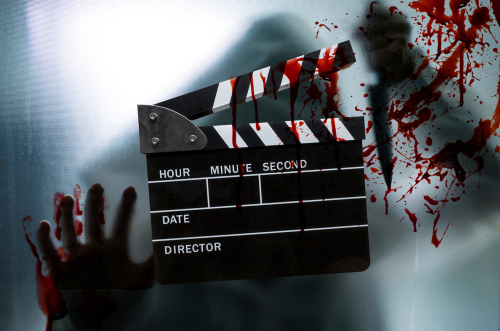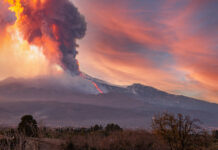
In an intriguing exploration of fear, a recent study has identified the most terrifying scene in horror movie history.
The research involved over 200 participants who wore heart rate monitors while watching a series of horror films over two weeks. The data collected from these monitors was then analyzed to determine which scene elicited the most intense physiological response.
The methodology used in this study was both innovative and insightful. By measuring heart rate variance, researchers were able to gauge the level of stress experienced by viewers.
A lower heart rate variance indicated heightened stress, suggesting a slow-burning sense of fear and dread. This approach allowed for a more objective assessment of fear, moving beyond subjective viewer reports.
What is the single scariest scene or clip in a horror movie that has always stuck with you?
Recent one: https://t.co/xmYbj7hbG3 pic.twitter.com/AlIGHBsQL4
— Jayson (@rangerjayfilm) October 15, 2023
The results of the study were fascinating. The 2012 supernatural horror film “Sinister,” directed by Scott Derrickson, was found to be the scariest movie overall.
The film’s plot revolves around a true-crime writer who moves his family into a house where a horrific murder took place. As he delves deeper into the mystery, he uncovers a series of snuff films that chronicle the murders of multiple families over several decades.
However, while “Sinister” was deemed the most frightening film, it was the 2010 movie “Insidious” that contained the single scariest scene according to the study. “Insidious” tells the story of a couple whose son inexplicably falls into a coma and becomes a vessel for demonic entities.
This particular scene caused the highest spike in heart rates among viewers, earning it the title of the most terrifying scene in horror movie history.
What is the scariest horror movie you've ever seen?
My choice:
Cure (1997)
Director: Kiyoshi Kurosawa https://t.co/uOBoBSa3v0 pic.twitter.com/aZ1bC9yT2o— DepressedBergman (@DannyDrinksWine) October 9, 2023
This study provides a fascinating insight into the science of fear and how it can be manipulated through cinema. It demonstrates how filmmakers can use suspense, shock, and narrative to elicit powerful emotional responses from their audience.
Moreover, it underscores the power of horror films to tap into our deepest fears and anxieties. The findings also highlight the enduring appeal of the horror genre.
Despite, or perhaps because of, the fear they induce, horror movies continue to captivate audiences worldwide. They allow us to confront our fears in a controlled environment, providing a form of catharsis that few other genres can offer.
This study offers a unique perspective on the art of horror filmmaking. Combining scientific analysis with cinematic critique provides a deeper understanding of why certain scenes resonate with viewers on such a visceral level.
As we continue to explore the science of fear, we can look forward to more thrilling and chilling experiences at the movies.












